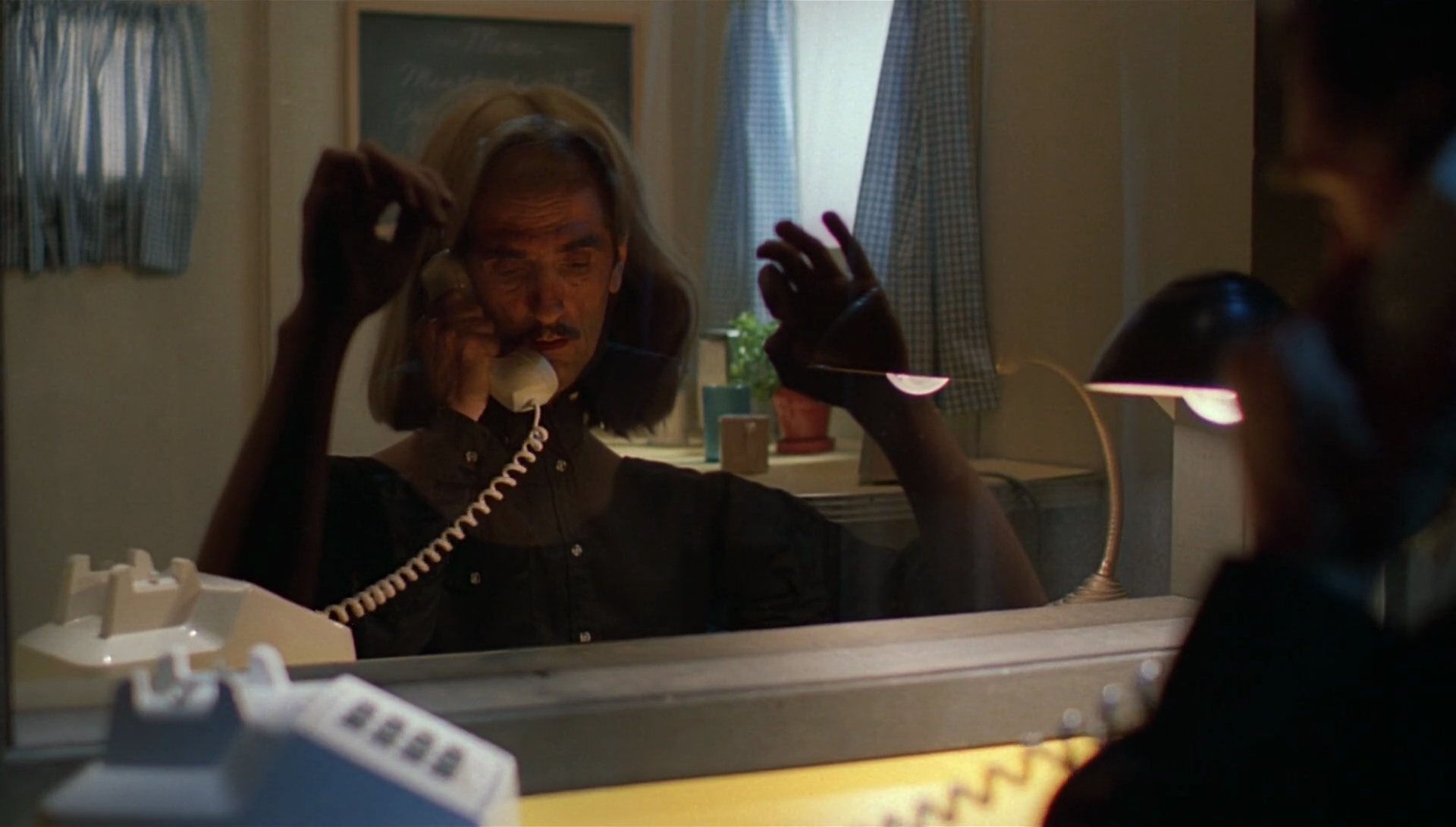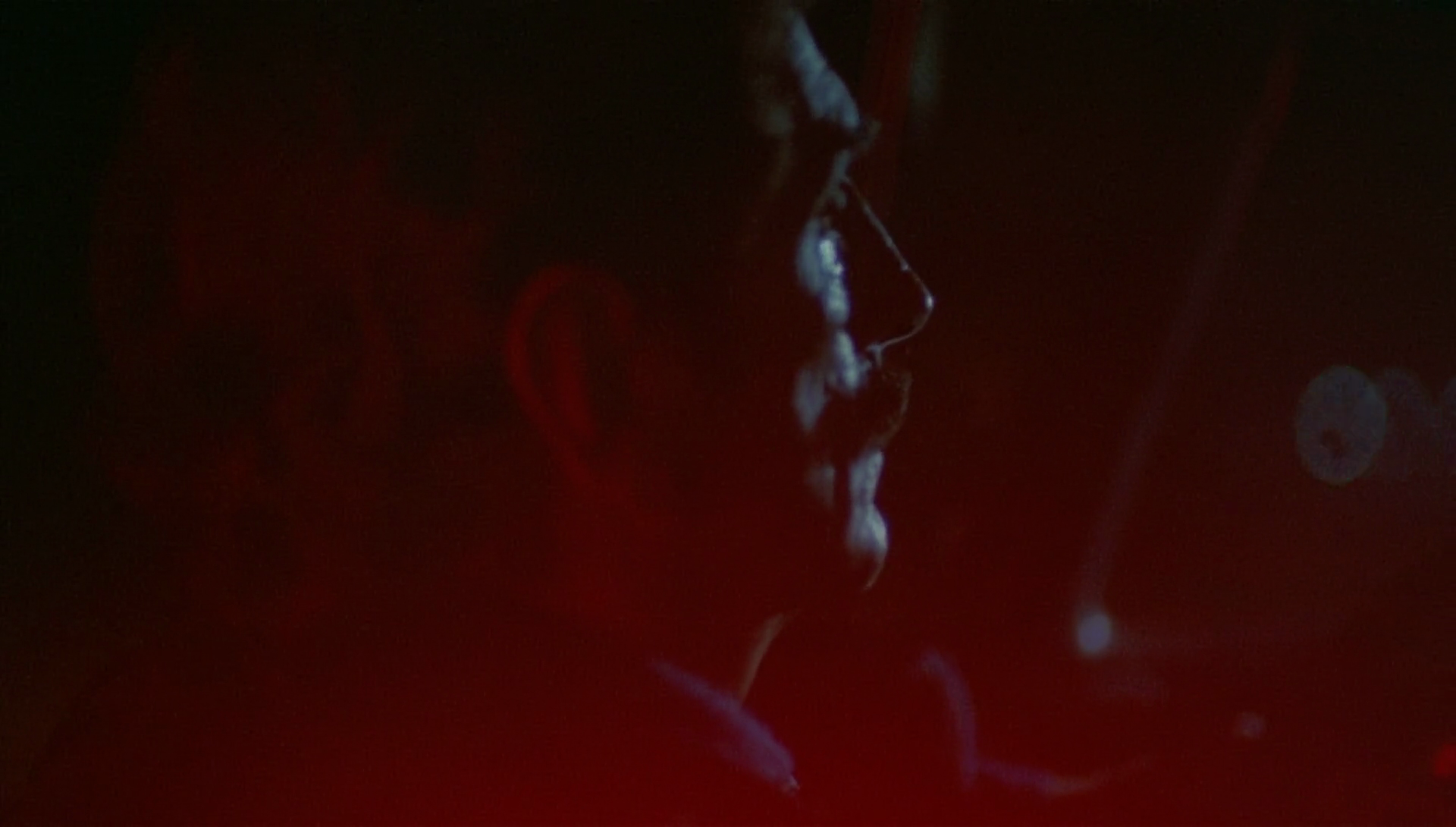Isn’t it odd that one of the best films about loneliness, alienation and family in the USA is directed by a German? Wim Wenders, director of such acclaimed works like The American Friend, Wings of Desire, Buena Vista Social Club directs a perfectly balanced noir-ish road family drama, that takes place all the way from Los Angeles to South Texas in 1984. I’m talking about the unforgettable heart breaker that is Paris, Texas.

Ry Cooder’s slow guitar notes echo in the Texas desert. We don’t know where we are. The music gets repetitive, hypnotizing. The camera pans across the wasteland, all the way down to cut in close on the face of a man who looks lost. A man dressed in dirty clothes, covered in dust. He has sun burns on his face. He is dressed in a suit and is finishing off the last drop of water he had on him. This is Travis. A man who is wandering in the desert, hoping for forgiveness. Looking for hope.

Right from the start we get a sense of what Wenders wants us to look for: spaces. We go from the open desert to the luxurious modern suburbs of LA, back to the desert and then again, to a large city,Houston, where everyone is squeezed between walls and buildings, where everyone’s feelings are stripped and thrown into the same pit. It almost feels like Travis and his son, Hunter, whom he hasn’t seen for four years, are the only two people able to talk, communicate in this brutal, technological America. But when the lights go out and Wenders can capture the empty roads, the neon road signs, costumers having a peaceful meal in a diner, that’s when America comes alive.


A dark past looms over Travis and his lost family. His wife is gone. Travis walked away and never turned back for four years. Hunter, his son, was left at the age of three in front of Travis’ brother’s door. Travis’ brother and his wife adopted Hunter. Treated him like their own son, but deep down, knowing that someday this masquerade must come to an end. Travis’ brother, Walt, gets a call from a German doctor in South Texas telling him that Travis was found and is now in an unresponsive state of mind. And that’s how the story comes back together. Travis at the sight of his son feels the need to find the boy’s real mother. At what cost? He will reconnect with the boy. They will bond. They will come together, but then again all good things must come to an end.

Wenders’ and Robby Muller’s (cinematographer) color palette consists of two strong and easily visible colors: red and green. Red connects both Travis and his son, but also Jane, the boy’s mother and Travis’ wife. Their scenes together come to life once we notice that the red color ties them all together. Green, on the other hand, looms over whenever there is trouble, whenever there is a point of no return in the story. In the night, everything is green lit. Everything is quiet. Wenders’ camera movements are slow, delicate. It announces its presence but it does so rather calmly. It gives a sense of safety and immunity, even when we see things we’re not supposed to see or hear like Travis’ long confession about his past, or Jane’s breakdown once Travis finds her in a club.


The secret lies in the perfectly balanced atmosphere of heartbreak and suspense. Wenders is a brave director who took many risks while making this movie. How could a foreign director capture the essence of America in the 80s? How could he honestly portray the bread and butter of a country that is so distant from his own? Well, for one Sam Shepard’s tight screenplay that does not use words when they aren’t needed. And then of course, Wenders’ objectivity. There are no sides in this movie.

Everything is told with the eye of a born storyteller, a man who is one of the many symbols of European cinema. Paris, Texas hits all the right notes and then some. It offers the viewer a sense of belonging, a sense of family and freedom. It touches upon many difficult subjects without ramming them down our throats. As a film, it has become a landmark filmmaking achievement. A work of art that was born and made in the American desert with the use of European hands.


